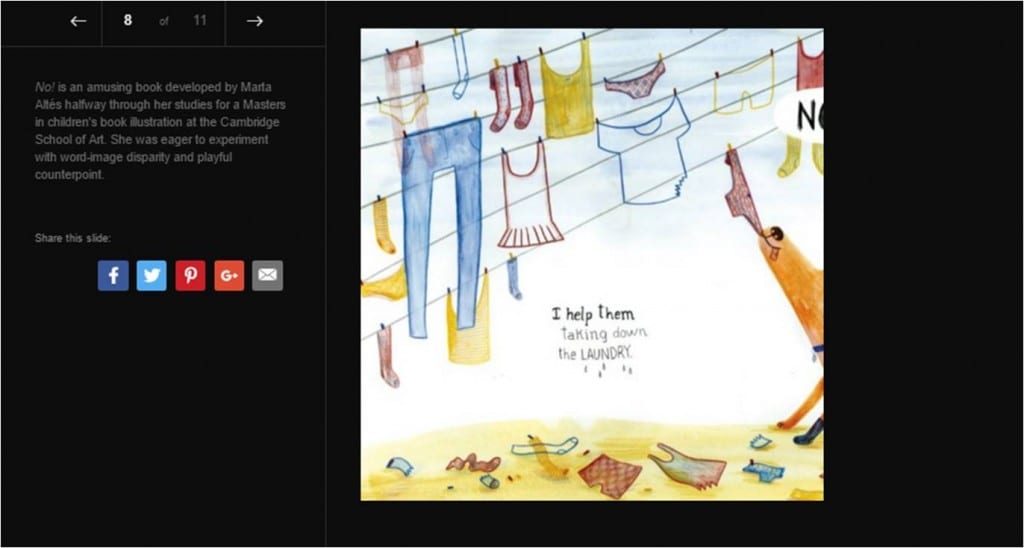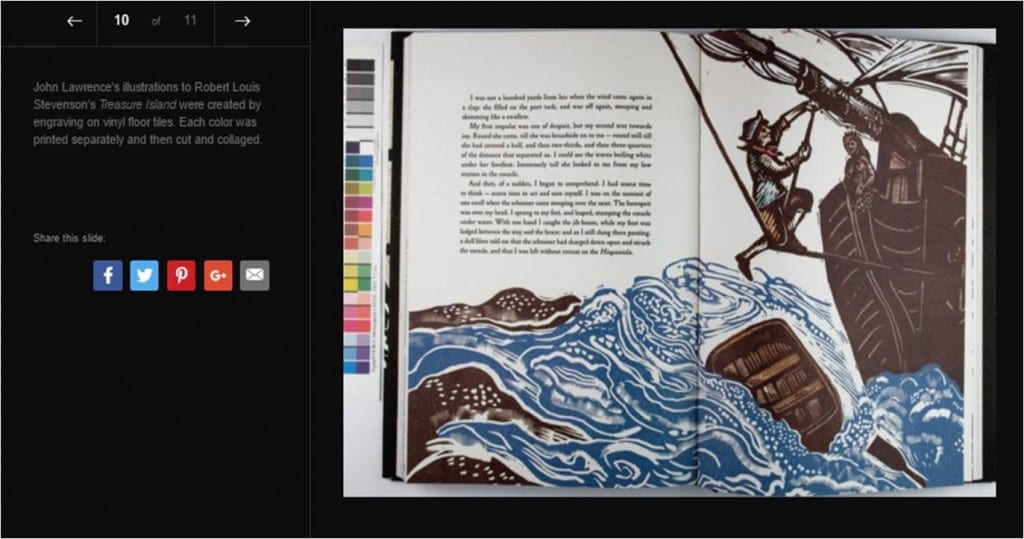In picture books the text is there to support the images rather than vice versa. Some of the books I’ve research are just children books rather than picture books because of the lack of picture books on the topic of anxiety.
Children’s Books
Common traits of a picture book is that the words are there to support the images rather than vice versa. The story is obviously told through the pictures but that doesn’t mean that the image itself has to be overly complex as the examples below suggest. There are many different styles of illustration which I will have to explore. I like how one page can be used for intriguing typography and the next page only have an image as seen in the Un Lion á Paris page example. I also like the hand drawn typeface of the No! page example. Finally I like how the image takes up two pages in the Treasure Island page example. It’s definitely something that I would like to explore when working on my picture book.




Children’s Books About Anxiety
I decided to research books about anxiety aimed at children since Social Anxiety Disorder is the topic I’m focusing my book on. I’ve noticed that most books about anxiety are not picture books. In fact I didn’t find any whilst researching picture books. I suppose the topic might be hard to explain through a picture book. I don’t like the standard body text typeface although it is easily readable and therefore serves it’s purpose. Since picture books are less text heavy I think I’m going to go with a more creative hand drawn typeface. Images usually use monsters to represent the anxiety or an emotion. Making it appear as a physical thing might make the child understand their own emotions. Others use visual metaphors such as gardening in What to Do When You Worry Too Much: A Kid’s Guide to Overcoming Anxiety. Even though this is a very good technique I don’t want to do that in my book. Instead I’m thinking about showing that others have the same emotions and understand them by portraying situations which a child with Social Anxiety Disorder can find scary and how they might cope with said situation.






Bibliography
http://www.huffingtonpost.com/martin-salisbury/childrens-book-illustrations_b_1316345.html?slideshow=true#gallery/211478/0
Helping Children with Anxiety (+ 13 recommended books for helping them)
http://www.illustrationweb.com/styles/children